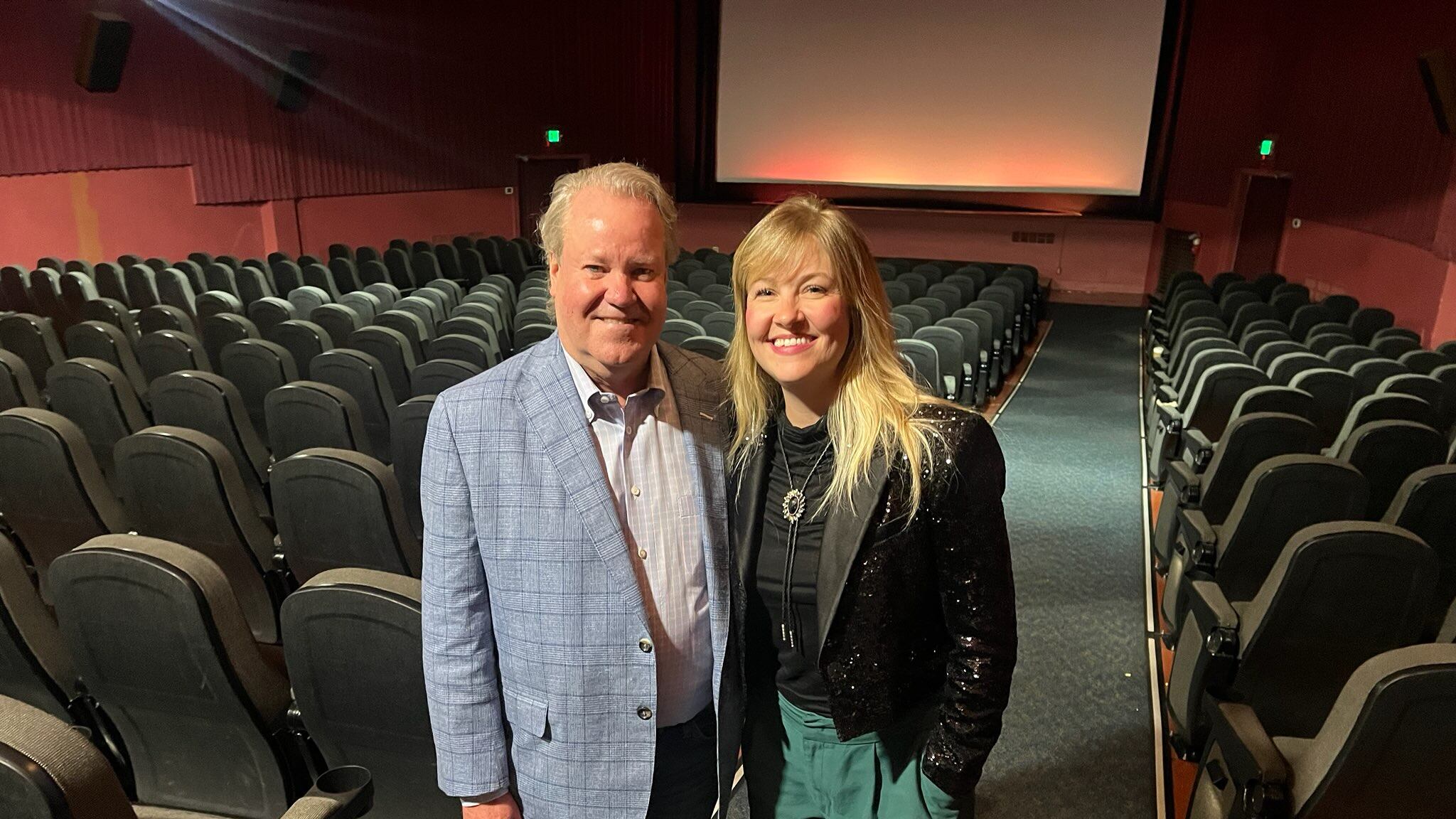Growing up in the Southwest Washington suburbs, openly queer documentarian Megan Ashley Alan remembers hearing tales of Portland strip clubs from an early age.
“The laws were different,” she marveled. “You could drink alcohol. You could gamble. Dancers were completely nude. All of those things are really unique to Oregon, but ‘Most Progressive Strip Bars’ seemed like such a weird point of pride.”
For her directorial debut—the upcoming feature-length documentary Cheers!—Alan explored the reasoning behind Oregon’s famously lax obscenity laws and, through interviews with dancers and patrons and surprisingly open management, found a richly rewarding environment among the best-known local parlors. Audiences will hear from people in the industry: dancers, customers and owners. They’ll see personalities most familiar to club loyalists. Along with dancers who use dinosaur puppets and roller-skate on stage, Cheers! introduces viewers to Vanna, who undresses as a clown; Izhonny, the boylesque duo of Isaiah Esquire and Johnny Nuriel; and dancer, writer and activist Elle Stanger.
Alan spoke with WW ahead of Cheers!’s family-and-friends screening about her remarkably pleasant experiences navigating the local racks. “You could argue everywhere in Portland’s by-women-for-women,” she laughed. “It feels very comfortable to be queer in a strip club around here.” (Male strip clubs aren’t featured.)
WW: How’d this all begin?
Megan Ashley Alan: The idea came from our executive producer, Ken. He’d been going for years to Star’s Cabaret in Bridgeport where a friend of mine was bartending, and he’s chatting up the concept of this book he originally wanted to write before a friend advised him it’d make a much better movie. Ken found these spaces to be really welcoming and inviting and completely different than what, I believe, the average American thinks of strip clubs. They’re really socially accepted and not some weird, pervy, gross place. It was somewhere you’d go with friends, but also somewhere you went to make friends—either dancers or other customers. As far as the national landscape goes, Portland’s unique, right? We definitely have the most per capita, and he wondered why that was.
What did you learn?
There was this huge boom in the ‘70s. Up until then, everyone looks prim and proper. Then, you know, the sexual revolution comes along and all bets are off. At the start of the ‘80s, people start saying that this might actually be going too far. With the rise of the religious right and all that agenda, they start pushing back—taking legal action, forming communities, wanting to shut things down. That’s when Oregon rises to the occasion. There was this landmark case about an adult bookstore in Redmond that the authorities wanted shut down for obscenity. In their interpretation of the case, Oregon [courts] included sexually explicit content [as protected] and set the most liberal freedom of expression laws in the country.
Did you have any preconceptions starting out?
Before starting this project, I’d been to a strip bar four or five times and was pretty naive. You know, I came into those spaces with an appreciation for the women and the female body, but I had no clue how I felt. ‘Am I objectifying dancers? Is this OK? Why don’t I know how I feel about this yet?’ Part of the allure of saying yes to the project was answering those kind of feminist questions.
That outsider perspective from someone so eager to learn from these women was really helpful in making the film and, ideally, expanding the minds of other people similarly unfamiliar.
It also makes it important to bring strippers into the process. Like, the artist-illustrator for our film dances at Mary’s Club. Our camera operator is an active stripper. Two of our production assistants are former strippers. We wanted to not only represent the community responsibly and with care, but also create [in tandem] with the community. Collaborating over this production, I learned so much and absolutely think dancing’s the most feminist badass job you could ever want to have.
Something that resonated with me was how many dancers thought that the 9-to-5 workers were the ones taken advantage of. At the end of the day, [stripping] is really nuanced customer service. There’s a lot of emotional intelligence involved, a lot of social skills involved, a lot of sales skills. So much goes into being successful at this job.
Any cautionary tales?
Yes. These were hardest to hear. The most heartbreaking stories were the dancers who were assaulted. Unfortunately, though Portland stresses consent so much in its strip club culture…people come in, behave badly, treat people badly, and forget all rules [regarding] human fucking decency.
Not to mention, the physical toll.
Oh my gosh, yeah. No question. We have a segment on that—just crawling around to collect their ones at the end of the night puts such horrible damage on the dancer’s knees over time. During this project, I thought about being a stripper, but then I’d look at the physical prowess of these women. ‘Oh, never mind. That’s actually really hard, and I’m too old.’
None of the gals tried to get you onstage?
Oh, they tried—and failed. I just couldn’t even lift myself onto a pole from a standing position. It really is a lot harder than they make it look.
SEE IT: Cheers!, not rated, screens at Cinema 21, 616 NW 21st Ave., 503-223-4515, cinema21.com. 7:15 pm Thursday, Sept. 12. $12.

